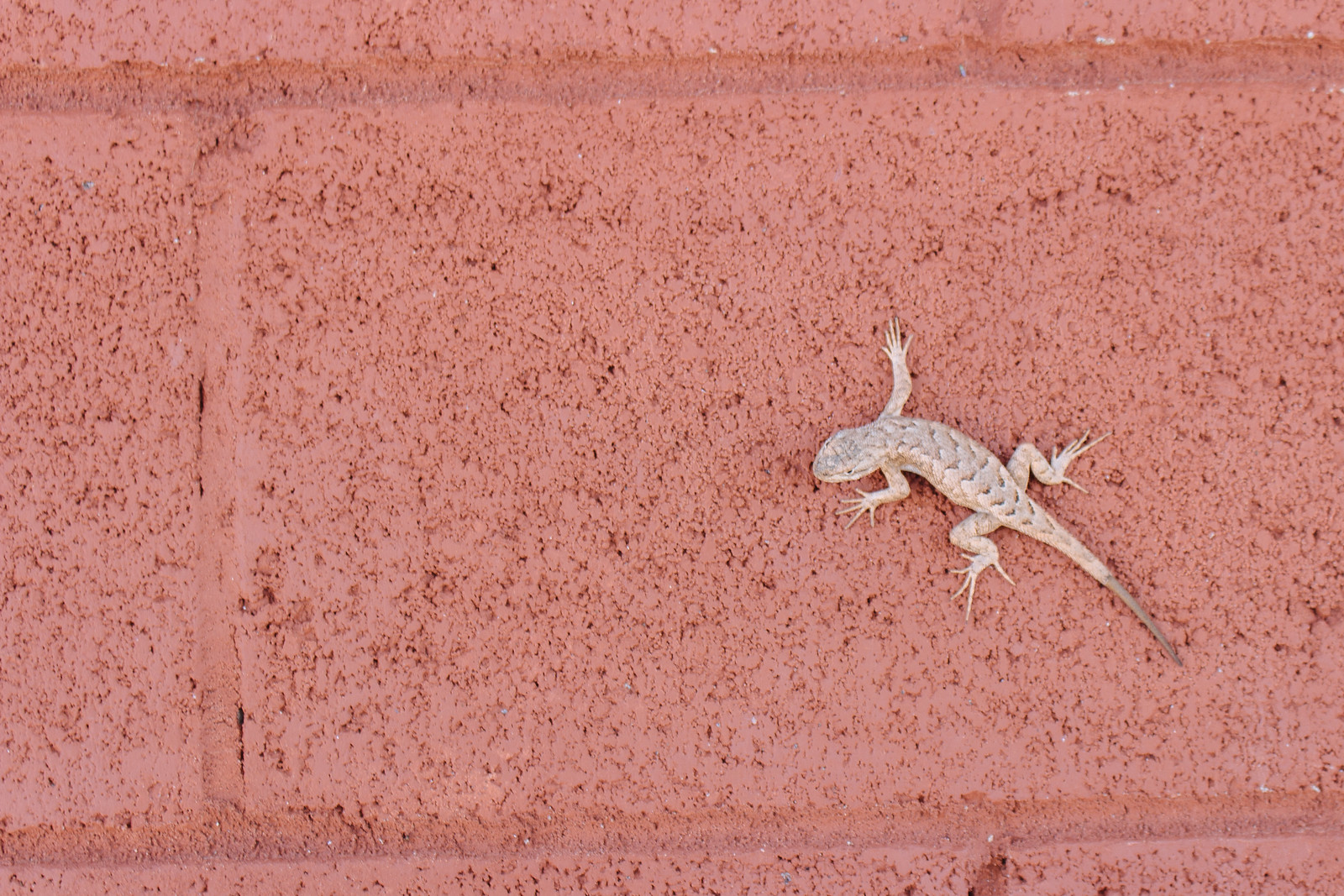Photo Post: Homolovi State Park in Winslow, Arizona
 |
| What remains of a multi-room complex |
“Is this it?” I thought while walking back to my car.
Compared to the Ancestral Puebloan dwellings I had visited the day before at nearby Wupatki National Monument, the low stone walls at Homolovi State Park didn’t do much to convince me that a complex of more than a thousand rooms once stood on this patch of northern Arizona.
But unlike Wupatki, it was clear that this lonely grassland once teemed with the residents of those thousand-plus rooms. Potsherds were everywhere!
The park was originally named “Homolovi Ruins,” but the word “ruins” was removed in 2011. To westerners, this may seem counterintuitive; clearly there are ruined structures that people haven’t lived in for centuries.
Now, would I personally come back to Homolovi State Park? Maybe. I visited the park on a whirlwind daytrip from Flagstaff seeing sites east of the city along Route 66 like Meteor Crater and Holbrook, so I only spent an hour or so here.
 |
| High Desert Housing |
But unlike Wupatki, it was clear that this lonely grassland once teemed with the residents of those thousand-plus rooms. Potsherds were everywhere!
When I visited this state park in 2016, it was my first time coming across potsherds out in the open (as opposed to in a museum). It was fascinating to see remnants of what used to be ceramic containers for storing ingredients and water and cooking and serving meals. I tried to imagine what the designs would have looked like based only off of fragments of stripes or solid paint.
I wasn’t the first person to be interested in potsherds and artifacts. Homolovi (pronounced “huh-MAH-luh-vee”—Hopi for “Place of the Little Hills”) only became a state park in 1993 to protect this Native American heritage site from destruction. Looters had even been found using a backhoe to dig into burial grounds on state trust land.
 |
| Potsherds |
The park was originally named “Homolovi Ruins,” but the word “ruins” was removed in 2011. To westerners, this may seem counterintuitive; clearly there are ruined structures that people haven’t lived in for centuries.
But the people that did live here, building these structures in the 1200s and 1300s, eventually moved on and migrated north. There, they joined the Hopi, who continue to live in many of the same mesa-top settlements they’ve called home for almost a thousand years.
The Hopi consider those who lived at and then left Homolovi their ancestors, and Homolovi part of their homeland. To the Hopi, this place isn’t “ruined” or “abandoned,” because they regularly come back here on pilgrimage. Removing the word “ruins” was simply a matter of respecting the Indigenous people with connections to the land who literally live just an hour’s drive north of here.
 |
| Lizard! |
Now, would I personally come back to Homolovi State Park? Maybe. I visited the park on a whirlwind daytrip from Flagstaff seeing sites east of the city along Route 66 like Meteor Crater and Holbrook, so I only spent an hour or so here.
But as I’ve gone camping around the state, I’ve come to appreciate the standards and amenities of campgrounds at Arizona State Parks. I’d love to return and pitch my tent at the park’s quality campgrounds right off Route 66. There are great opportunities for birdwatching and stargazing at Homolovi, so I’ll have to bring my binoculars the next time I’m here.
 |
| Wide open spaces for watching the skies |
How to get there
If you want to check “standin’ on a corner in Winslow, Arizona,” off your bucket list, Homolovi State Park is right around that very corner. From downtown Winslow, head east along 2nd Street and stay on the road as it turns into State Route 87. Head north across Interstate 40, then turn left into the park’s entrance. If you’re on I-40, you can take exit 257 for S.R. 87, then head north.Visiting from the Hopi Reservation? Just head south on State Highway 87—the park will be on your right.

